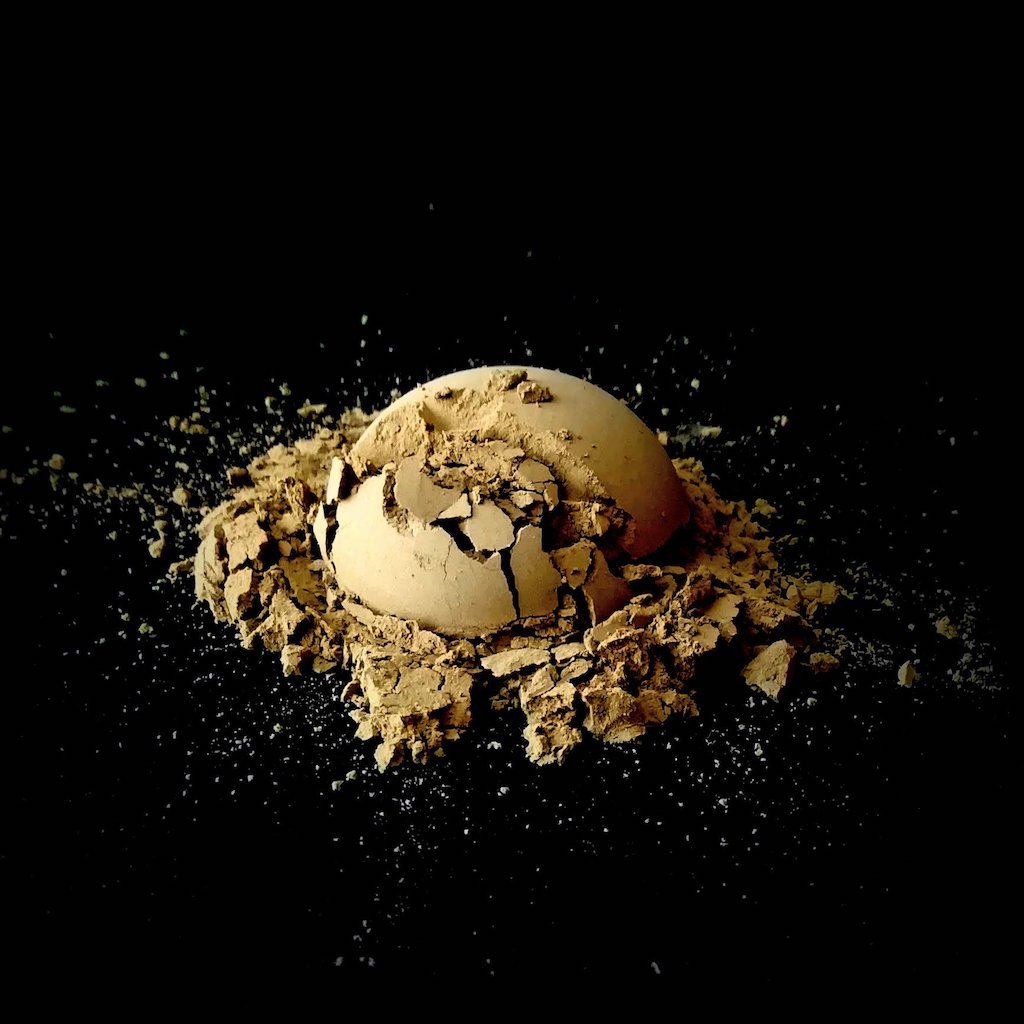Frequently Asked Questions
Page Contents
1. Product origin
2. Product information
3. Hojicha flavor
4. Allergens and dietary restrictions
5. Miscellaneous
For questions related to shipping and payment, please visit our Shipping & Payment Policy page.
Product Origin
Where is your hojicha from?
Our hojicha is crafted by small independent tea farms in the Kyoto prefecture in Japan.
Do you offer single-origin hojicha?
Our hojicha is not blended with teas from any other region of Japan. We distribute single-origin hojicha that only contains tea leaves from the Kyoto region.
Product Information
What is the shelf life of hojicha?
As a roasted tea, hojicha stay fresh longer than a typical green tea. Unopened, the flavor and nutritional components of hojicha remain stable for at least a year after it has been packaged. While hojicha can be safely consumed after its best before date, it may start to lose its flavor and aroma. Once opened, enjoy hojicha within three months for optimal taste. Proper storage of hojicha in a cool, dry, and dark place will keep it fresh for longer.
How to best preserve hojicha?
When purchasing hojicha in a small resealable bag, keep it in its original packaging. When purchasing a large bag, keep your hojicha fresh for longer once opened by transferring some of it into a small airtight container for daily use. Then, roll the large bag while making sure to remove all the air, and close it with a clip. Avoid storing hojicha in the fridge as condensation and odors may affect the taste and aroma. Store in a cool, dry, and dark place like a cupboard instead.
Hojicha Flavor
Does hojicha taste like regular green tea?
Unlike traditional Japanese green tea, hojicha leaves are roasted in high temperatures. The roasting process removes all bitterness from the green tea, and gives it a sweet and smoky taste.
Do I need to add sweetener to hojicha?
Hojicha can be enjoyed without adding any sweeteners, though this is entirely up to your preference. When steeping hojicha tea leaves, let your cup of hojicha cool to best experience the tea's natural sweetness.
Why is my hojicha more smoky than sweet?
Hojicha tastes smokier when hot or when boiling water is used. Prepare your hojicha with 80°C (175°F) water, and let the tea cool to experience its natural sweetness as the flavor deepens.
Why does hojicha contain stems?
Hojicha can be made out of leaves, stems, stalks, and twigs. Our hojicha is made from the whole tea plant without any waste. The sweetness of the stems combined with the smokiness of the leaves result in a well-rounded flavor that delights with each sip.
Allergens and Dietary Restrictions
Does hojicha contain any caffeine?
Hojicha is naturally low in caffeine when compared to traditional green tea or coffee and is often enjoyed in the evening.
Does your hojicha contain any sugar?
Our hojicha is sugar-free, and contains no additives.
Is your hojicha suitable for a vegan or vegetarian diet?
Our hojicha is strictly made from plants and does not contain any animal products. It is suitable for a vegan or vegetarian diet.
Does your hojicha contain any gluten?
Our hojicha is gluten-free as it contains 100% Japanese green tea leaves and no gluten.
Is your hojicha processed in a nut-free facility?
Yes, our hojicha is processed in a nut-free tea facility.
Miscellaneous
How is hojicha pronounced?
Hojicha is pronounced with a long "O" and ends in "Cha" like in matcha. "Cha" means tea in Japanese and other languages. Listen to this audio pronunciation of hojicha in both English and Japanese.
Is it hojicha or houjicha?
Hojicha is written ほうじ茶 in Japanese. While the literal translation for "う" is "U" in English, the combination of "ほ" and "う" is pronounced "Hō". The macron on the "ō" simply indicates a long vowel sound. Since most Japanese words lose the macron when they become naturalized in English, ほうじ茶 is more accurately spelled "hojicha" in English.

